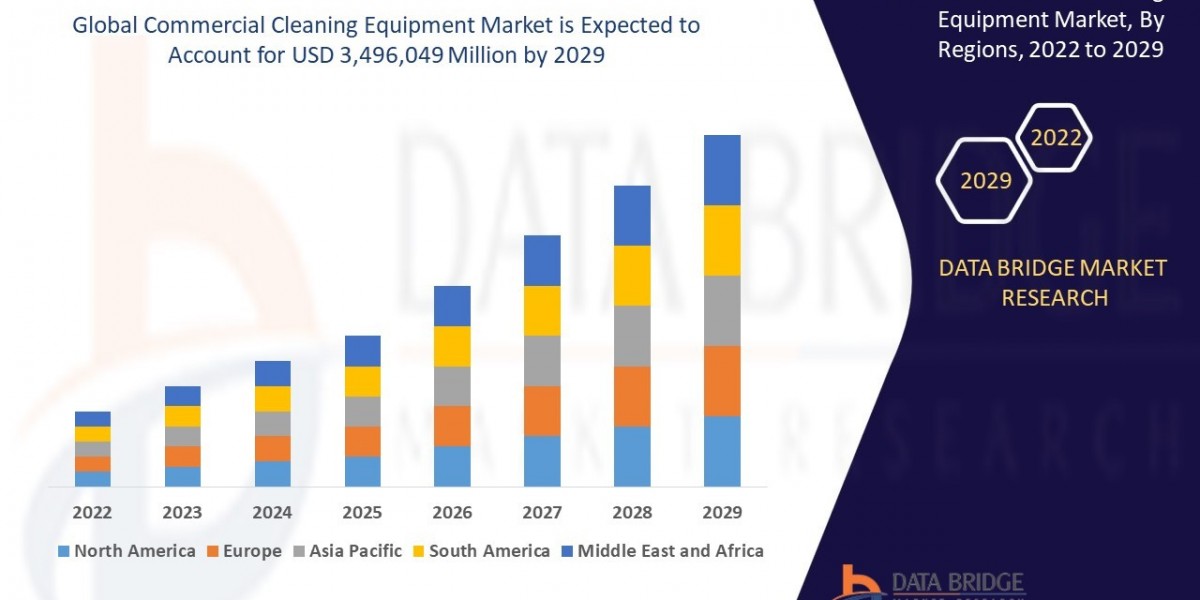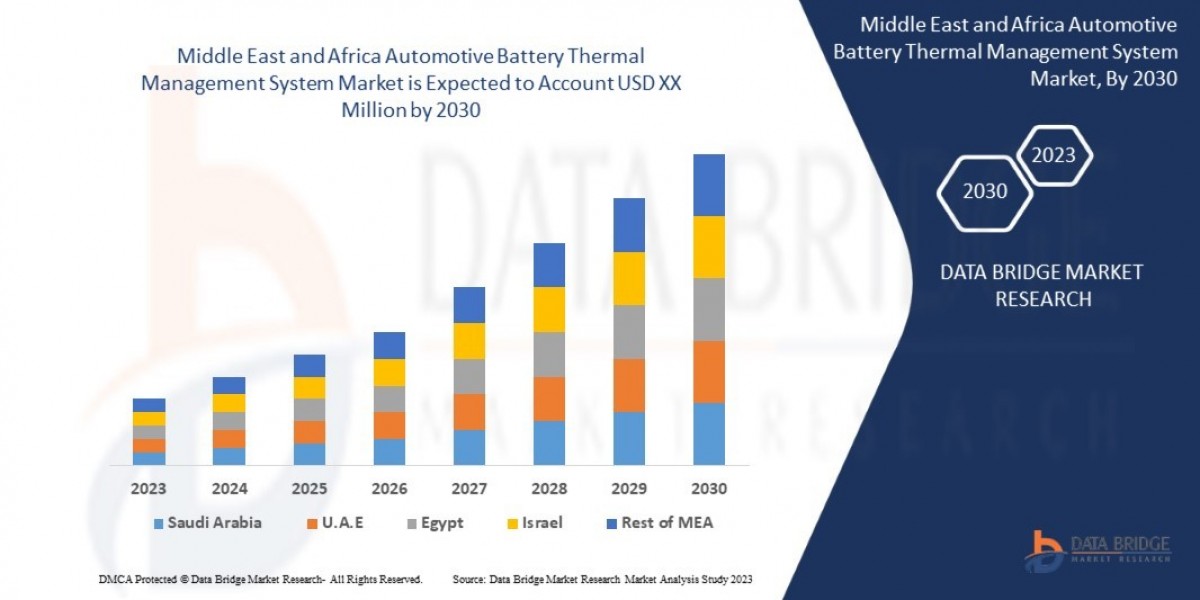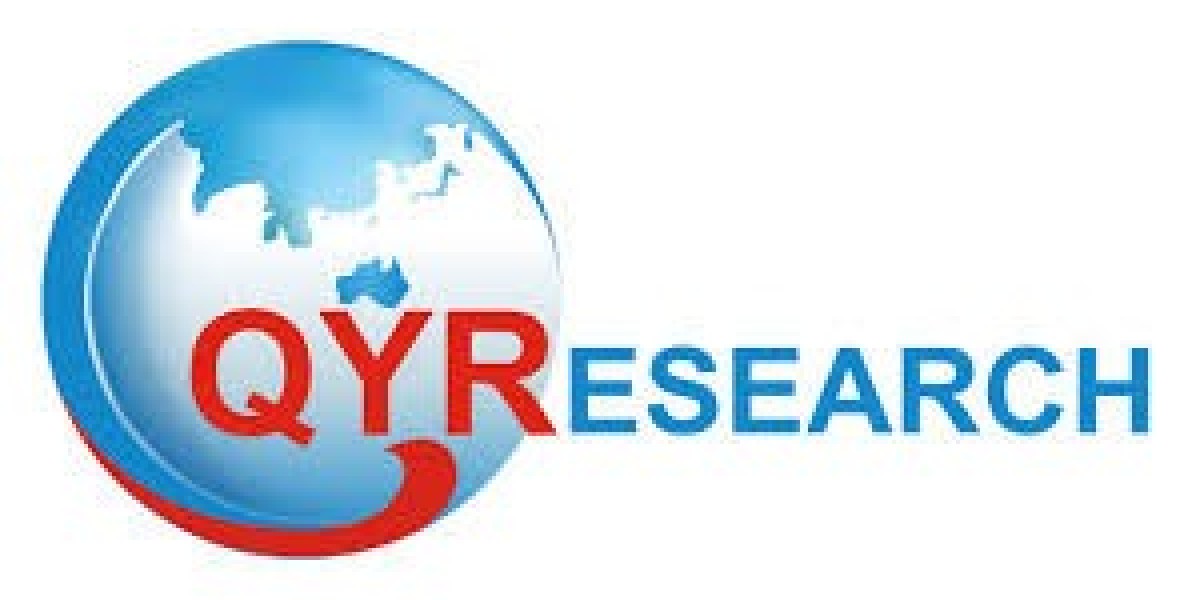As buildings become smarter and sustainability takes center stage, Power over Ethernet (PoE) lighting has emerged as a key innovation transforming how commercial and industrial spaces are illuminated. By combining power and data over a single Ethernet cable, PoE lighting simplifies infrastructure, reduces energy consumption, and unlocks intelligent lighting control for a connected environment.
From corporate offices and healthcare facilities to retail and industrial sites, PoE is reshaping the lighting industry with its promise of efficiency, flexibility, and digital control.
What is PoE Lighting?
Power over Ethernet (PoE) lighting refers to the use of Ethernet cables to deliver both low-voltage DC power and network connectivity to LED lighting systems. Unlike traditional electrical wiring, which requires separate infrastructure for power and control, PoE enables digital, addressable lighting systems that can be centrally managed and automated.
? How it Works:
PoE-enabled switches or injectors transmit power (typically 15W–90W per port) and data through Cat5e, Cat6, or Cat6a Ethernet cables.
Each PoE-powered LED fixture is connected via the Ethernet network and controlled through software or building automation platforms.
Sensors (motion, daylight, occupancy) can be integrated for advanced control and energy savings.
Benefits of PoE Lighting
✅ Reduced Installation Cost
Combining power and data in one cable cuts down on labor, materials, and electrical permits—especially in retrofits or new constructions.
? Low-Voltage Safety
PoE operates at safe low voltages (<60V), reducing the risk of electrical hazards and allowing plug-and-play installation.
? Centralized Control
PoE lighting can be managed via smartphones, tablets, or centralized dashboards, enabling precise control of brightness, color temperature, and schedules.
? Scalability & Flexibility
Easily reconfigure lighting zones or layouts without rewiring—ideal for dynamic spaces like offices or classrooms.
? Energy Efficiency
Integrated sensors and scheduling tools lead to significant energy savings (up to 80% compared to conventional lighting).
? Smart Building Integration
PoE lighting systems can communicate with HVAC, security, and occupancy platforms, contributing to intelligent building ecosystems.
Key Applications
? Corporate Offices
Enable dynamic lighting adjustments based on occupancy, time of day, or user preferences.
Reduce operational costs and enhance employee comfort and productivity.
? Healthcare Facilities
Allow for circadian lighting systems that improve patient recovery and caregiver well-being.
Centralized monitoring ensures maintenance and uptime.
?️ Retail Environments
Adjust lighting for different displays or customer traffic.
Integrate with beacons and IoT sensors for customer insights.
? Educational Institutions
Create adaptive learning environments using tunable lighting.
Enable energy savings through automation during off-hours.
? Industrial & Warehouses
Monitor energy use, detect faults, and automate lighting based on workflows or zones.
PoE Lighting vs. Traditional Lighting
| Feature | PoE Lighting | Traditional Lighting |
|---|---|---|
| Wiring | Ethernet cables | High-voltage electrical wiring |
| Control | Digital, centralized | Manual or analog controls |
| Power Supply | PoE switch or injector | Electrical panel |
| Safety | Low voltage | High voltage |
| Scalability | Easy to reconfigure | Complex and labor-intensive |
| Energy Monitoring | Real-time and remote | Limited or unavailable |
Market Outlook
The global PoE lighting market is gaining traction, especially as smart building adoption accelerates and sustainability mandates grow stronger.
? Market Highlights:
Market size in 2023: USD 0.9–1.2 billion
Projected to reach USD 4.5–6 billion by 2032
CAGR: 18–22% during 2024–2032
? Growth Drivers:
Expansion of smart buildings and IoT ecosystems
Cost savings from energy-efficient retrofits
Rise of green building certifications (LEED, WELL)
Support for remote commissioning and maintenance
? Key Players:
Cisco Systems, Inc.
Signify (Philips Lighting)
Molex
NuLEDs
Platformatics
Ideal Industries
Ubiquiti Inc.
Challenges and Considerations
? Power Limitation: High-lumen fixtures may exceed PoE wattage limits unless using advanced PoE standards like IEEE 802.3bt.
?️ Infrastructure Readiness: Requires network-grade cabling and switches, which may not exist in legacy buildings.
? Initial Cost: Higher upfront investment compared to basic lighting systems, though offset by lower lifecycle cost.
⚙️ IT Integration: Involves close coordination between facilities and IT teams for optimal deployment and security.
The Future of PoE Lighting
Looking ahead, PoE lighting is expected to evolve beyond illumination, becoming a platform for:
Integrated building intelligence
Indoor positioning and asset tracking
Energy analytics and demand response
AI-enabled lighting personalization
As 5G, edge computing, and building automation continue to mature, PoE lighting will become a central nervous system for next-generation smart spaces.
Conclusion
Power over Ethernet lighting is more than just a new way to power lights—it's a leap toward smarter, safer, and more sustainable buildings. With benefits ranging from energy efficiency to digital control and system integration, PoE lighting is quickly becoming the gold standard for smart commercial environments.
As the demand for connected infrastructure rises, PoE lighting will illuminate not just our buildings—but the path to a more intelligent future.
Wantstats is a premium platform that provides unparalleled data and statistics across 30000 markets and 100 countries in both B2B and B2C segments. Designed to fit the needs of industry stakeholders, associations, libraries, students and many more looking for statistics.







